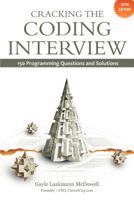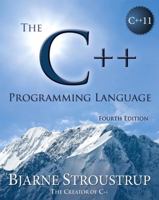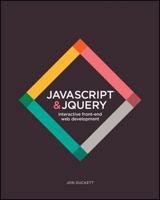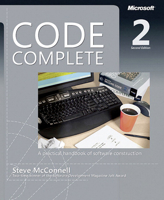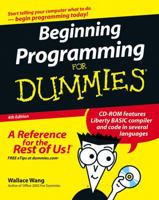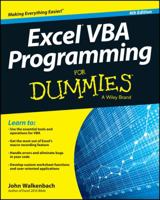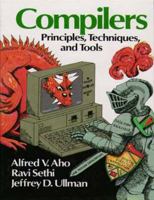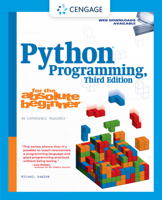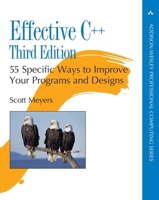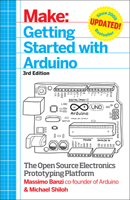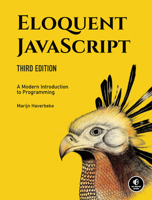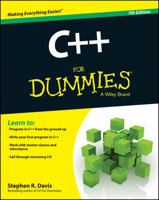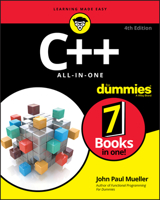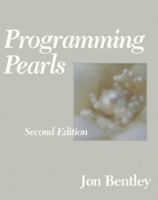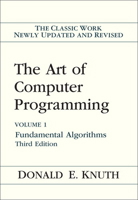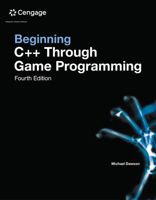Programming 32-bit Microcontrollers in C: Exploring the PIC32
*Just months after the introduction of the new generation of 32-bit PIC microcontrollers, a Microchip insider and acclaimed author takes you by hand at the exploration of the PIC32
*Includes handy checklists to help readers perform the most common programming and debugging tasks The new 32-bit microcontrollers bring the promise of more speed and more performance while offering an unprecedented level of compatibility with existing 8 and 16-bit PIC microcontrollers. In sixteen engaging chapters, using a parallel track to his previous title dedicated to 16-bit programming, the author puts all these claims to test while offering a gradual introduction to the development and debugging of embedded control applications in C.Author Lucio Di Jasio, a PIC and embedded control expert, offers unique insight into the new 32-bit architecture while developing a number of projects of growing complexity.
Experienced PIC users and newcomers to the field alike will benefit from the text's many thorough examples which demonstrate how to nimbly side-step common obstacles, solve real-world design problems efficiently and optimize code using the new PIC32 features and peripheral set.
You will learn about:*basic timing and I/O operation
*debugging methods with the MPLAB SIM *simulator and ICD tools
*multitasking using the PIC32 interrupts
*all the new hardware peripherals
*how to control LCD displays
*experimenting with the Explorer16 board and *the PIC32 Starter Kit
*accessing mass-storage media
*generating audio and video signals
*and more TABLE OF CONTENTS
Day 1 And the adventure begins
Day 2 Walking in circles
Day 3 Message in a Bottle
Day 4 NUMB3RS
Day 5 Interrupts
Day 6 Memory
Part 2 Experimenting
Day 7 Running
Day 8 Communication
Day 9 Links
Day 10 Glass = Bliss
Day 11 It's an analog world
Part 3 Expansion
Day 12 Capturing User Inputs
Day 13 UTube
Day 14 Mass Storage
Day 15 File I/O
Day 16 Musica Maestro
You Might Also Enjoy
Customer Reviews
Rated 5 starsBest high end Microcontroller book on the market
This is a must have for anyone building sophisticated applications for DsPic or Pic32. I found that most of what I wanted to learn was covered, and in a manner that was to the point coding wise and very easy to understand. I have programmed with Assembly and Basic for most of my Pic projects and yet jumping back into C was very easy with this book. I would highly recommend this to anyone interested in the 16 and 32 bit micros,...
0Report
Rated 5 starsexcellent overview
This is a well written, enjoyable introduction to both the hardware and programming of PIC32's. It is written at an introductory to intermediate level and has broad coverage. If you are brand new to PICs, you may find it throws a lot at you fast, but you will be able to follow with a little work. If you are a veteran PIC user, but not necessarily a PIC32 veteran, you will get a lot out of this book. One thing to note:...
0Report
Rated 5 starsA Good Book For Those New To The PIC32/MIPS
A Good Book For Those New To The PIC32/MIPS Lucio Di Jasio, Senior Applications Engineer, follows on his book, Programming 16-Bit PIC Microcontrollers in C: Learning to Fly the PIC 24 (Embedded Technology), with a similar look yet specific to the PIC32/MIPS 32-bit architecture. The style of this book departs from the previous in that the aeronautical theme "flying" has been nearly removed (there is still a debriefing section...
0Report
Rated 5 starsExcellent, a must buy for anyone interested in the PIC32
This is an excellent companion to the PIC32 processor, the topics and software provided are perfect. Like his previous book on the PIC24, Di Jasio identified the key elements of the PIC32 and its peripherals and helps the reader through using them in practical, easy to understand terms that often build on previously learned information. If you are used to Microchip 8 bit processors, this is your book to step up to 32 bits,...
0Report
Rated 5 starsOutstanding book on the PIC32
If you want to learn the PIC32, the is THE book to get. For anyone familiar with any of the PIC line: PIC16, PIC18, PIC24 or dsPIC, this book makes learning the PIC32 a snap. After reading the book I was able to port an entire suite of my PIC24 apps over to the PIC32 in a matter of hours. This book makes moving from any of the other PICs to the PIC32 easy and straightforward. It does a great job of walking through the architecture,...
0Report











![Paperback Programming 32-Bit Microcontrollers in C: Exploring the Pic32 [With CDROM] Book](https://i.thriftbooks.com/api/imagehandler/m/E784C1ECF0A604C5D5D4AB1C329168B629A131C8.jpeg)

